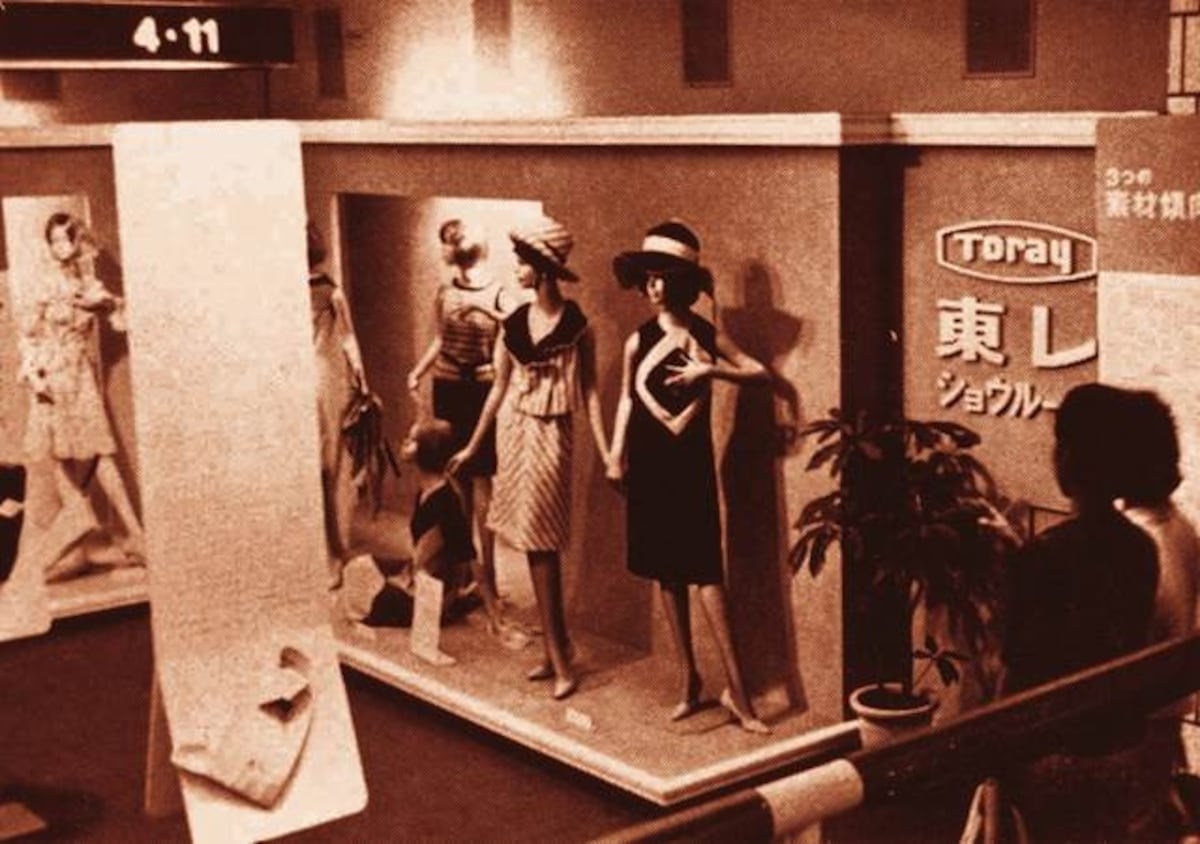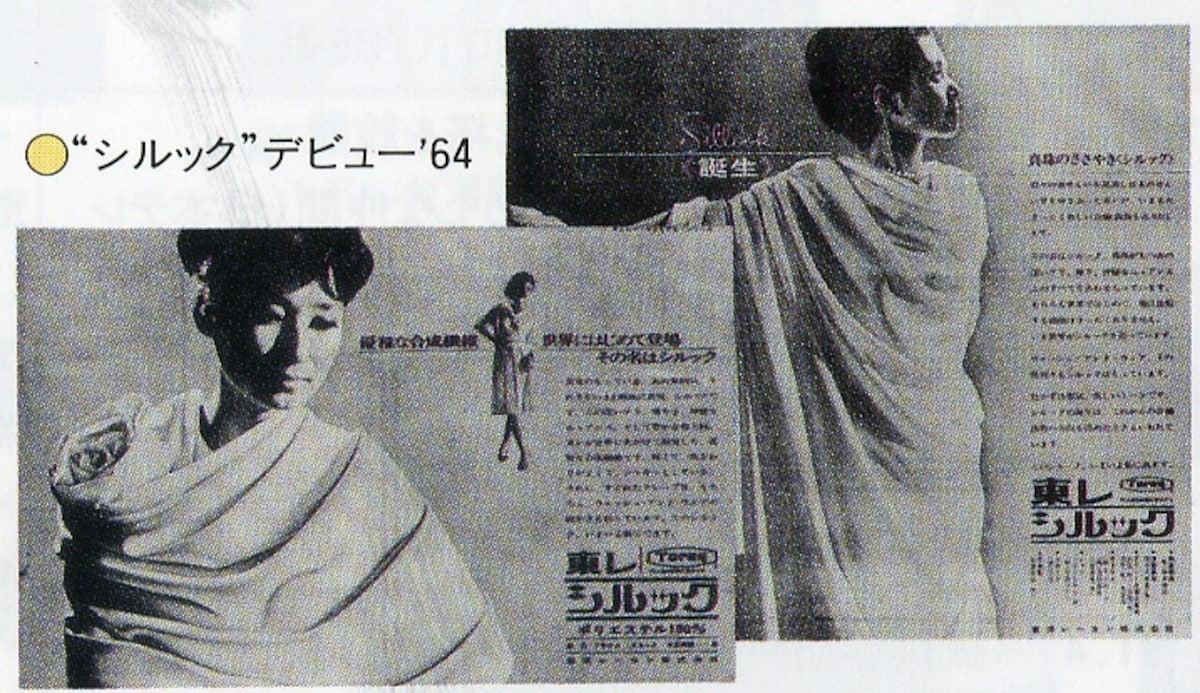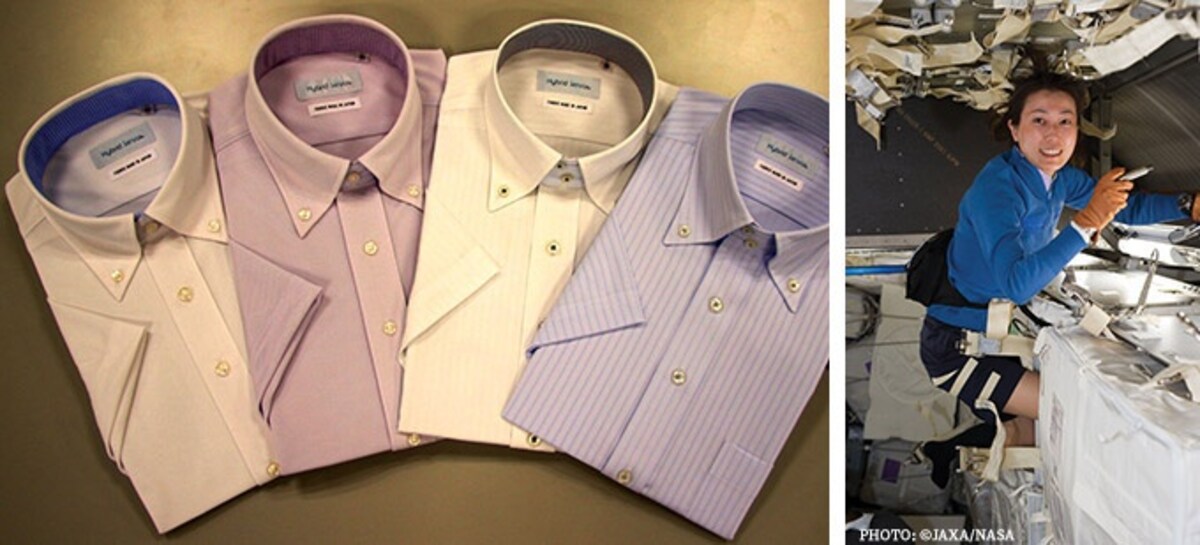Spinning Synthetic Silk
Synthetic fibers are already indispensable in the fashion realm, and the technology behind Japan’s synthetic fibers is receiving exceptionally high marks at home and abroad.
By Highlighting Japanhttp://www.gov-online.go.jp/eng/publicity/book/hlj/html/201501/201501_07_en.html
Toray Industries was the first Japanese company to exhibit at Milano Unica 2015 Autumn/Winter, Europe’s famed textile exhibition, and the chemical company’s products attracted massive attention from event participants. Toray has also exhibited at every edition of the Premiere Vision fabric show, held twice a year in Paris, and continues to showcase new textiles that have won raves from the top fashion houses.

http://www.gov-online.go.jp/eng/publicity/book/hlj/html/201501/201501_07_en.html
Founded in 1926, Toray focuses its manufacturing and sales on three synthetics: nylon, polyester and acrylic. Its silky polyester fabric, with a texture similar to silk, boasts a supple texture, beautiful luster and hues. Silky polyester is used widely in both Japan and abroad, and is a leading synthetic textile for both Western apparel and traditional Japanese clothing.
A cross-section of silk fiber forms a virtual triangle, and light that hits it is reflected diffusely, giving silk its glorious transparence and brilliant luster. To emulate this unique texture, Toray was the first company in the world to develop and produce a polyester fiber with a special trilobal cross-section in 1964.

By the late '90s, Toray was able to create a fiber that was indistinguishable from natural silk. As the next step, Toray began work on the fiber’s thinness, strength and ability to absorb dye, eventually creating a texture that natural silk cannot match. The material has attracted a great deal of attention from the fashion industry because of characteristics unique to synthetics.
Toray is currently developing countless different textiles, but its next blockbuster—the follow-up to silky polyester—is its cutting-edge “nanofiber.” Nanofibers are fibrous materials composed of fibers that are just dozens to hundreds of nanometers thick (one nanometer equals a billionth of a meter). Nanofibers have an extremely large surface area compared to existing fibers, so in addition to the advantages of existing fibers, they are highly flexible and have a high capacity for adsorption and water absorption. With this technology, Toray is developing luxurious textiles based on nylon and polyester, as well as lightweight textiles with high breathability and functionality.
The fiber reformation technology Toray’s nanotechnology has made possible is also being applied to the clothes worn inside a spaceship. These advanced materials have a deodorizing function built into the fabric itself, so that in space—where astronauts cannot bathe or do laundry—the ammonia in sweat is quickly deodorized through photocatalysis, preserving its scentless status.
The year silky polyester debuted on the market, 1964, was also the year the Tokyo Olympics were held. For the upcoming 2020 Tokyo Olympics, Toray plans to develop and market high-tech materials for top athletes, as well as highly functional materials paired with wearable products, ensuring that the numerous synthetic textiles made possible by the cutting-edge technology of Japanese companies will continue to wow the world.




